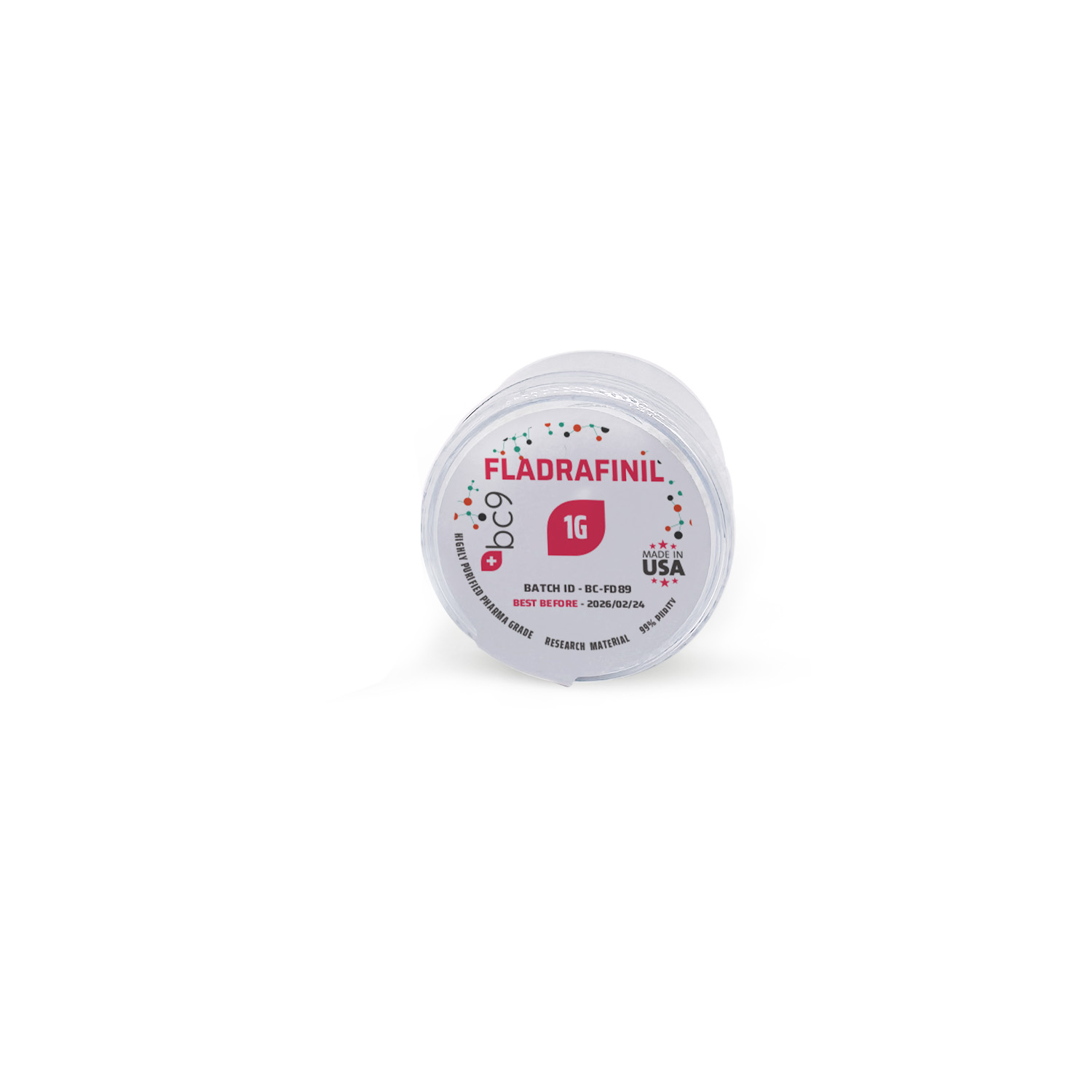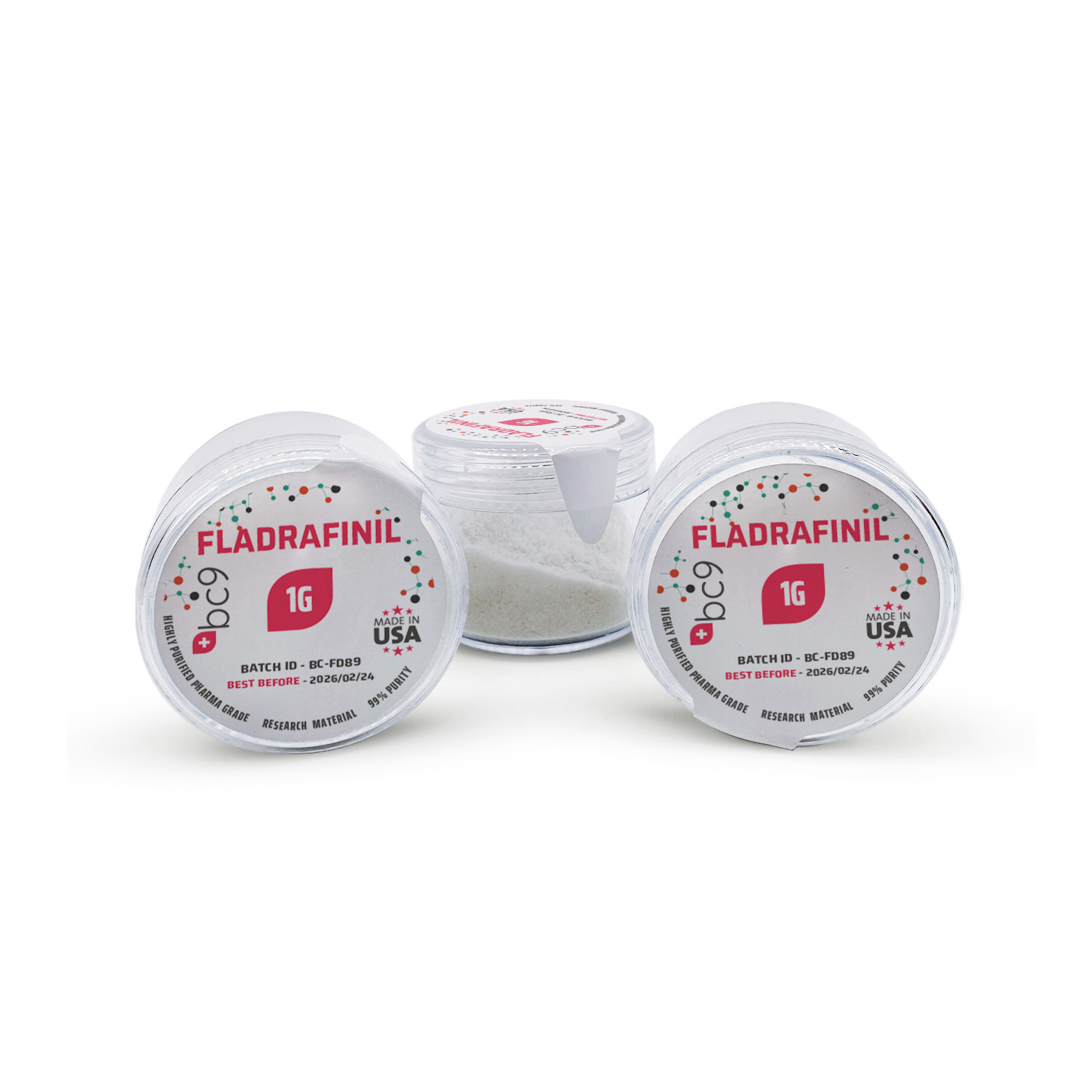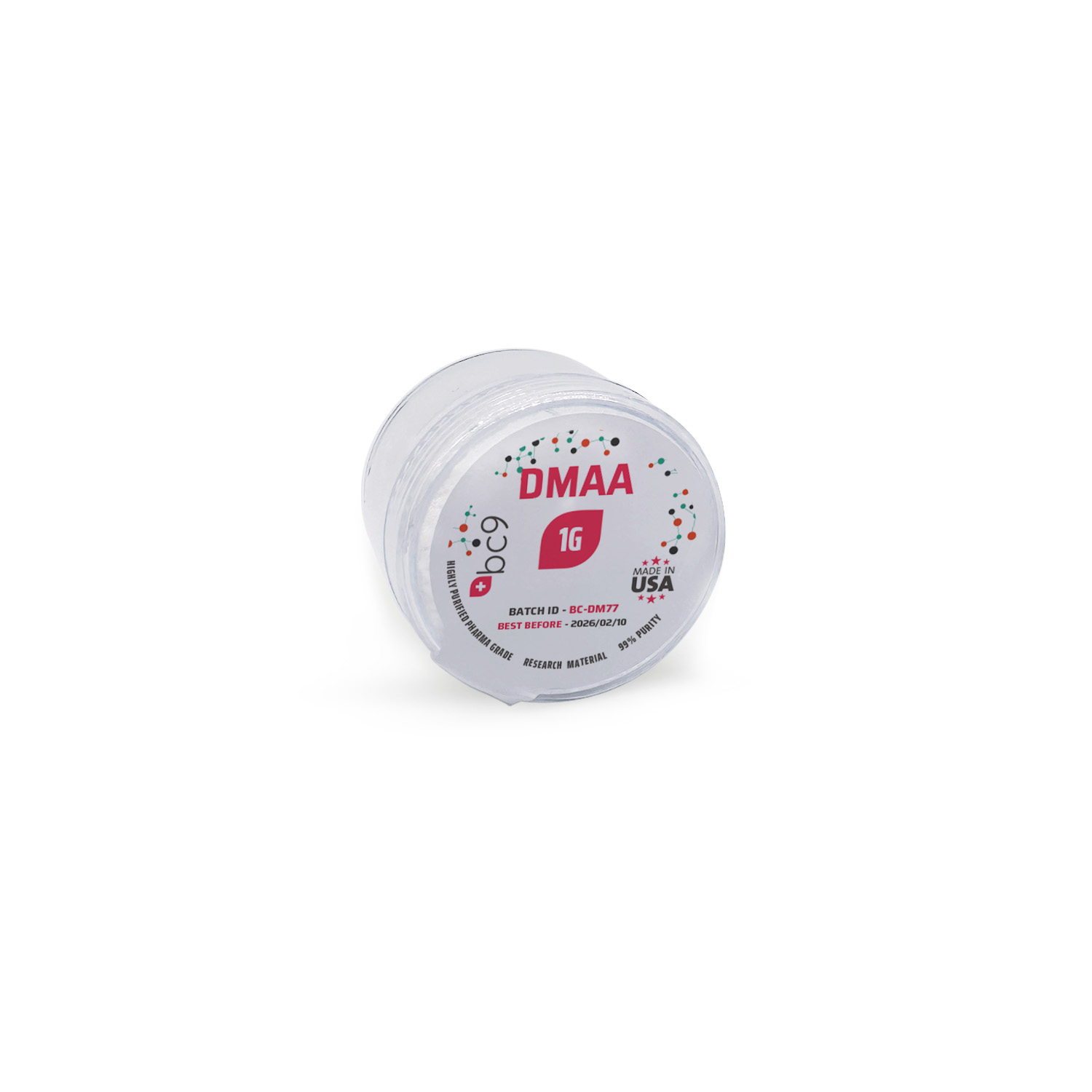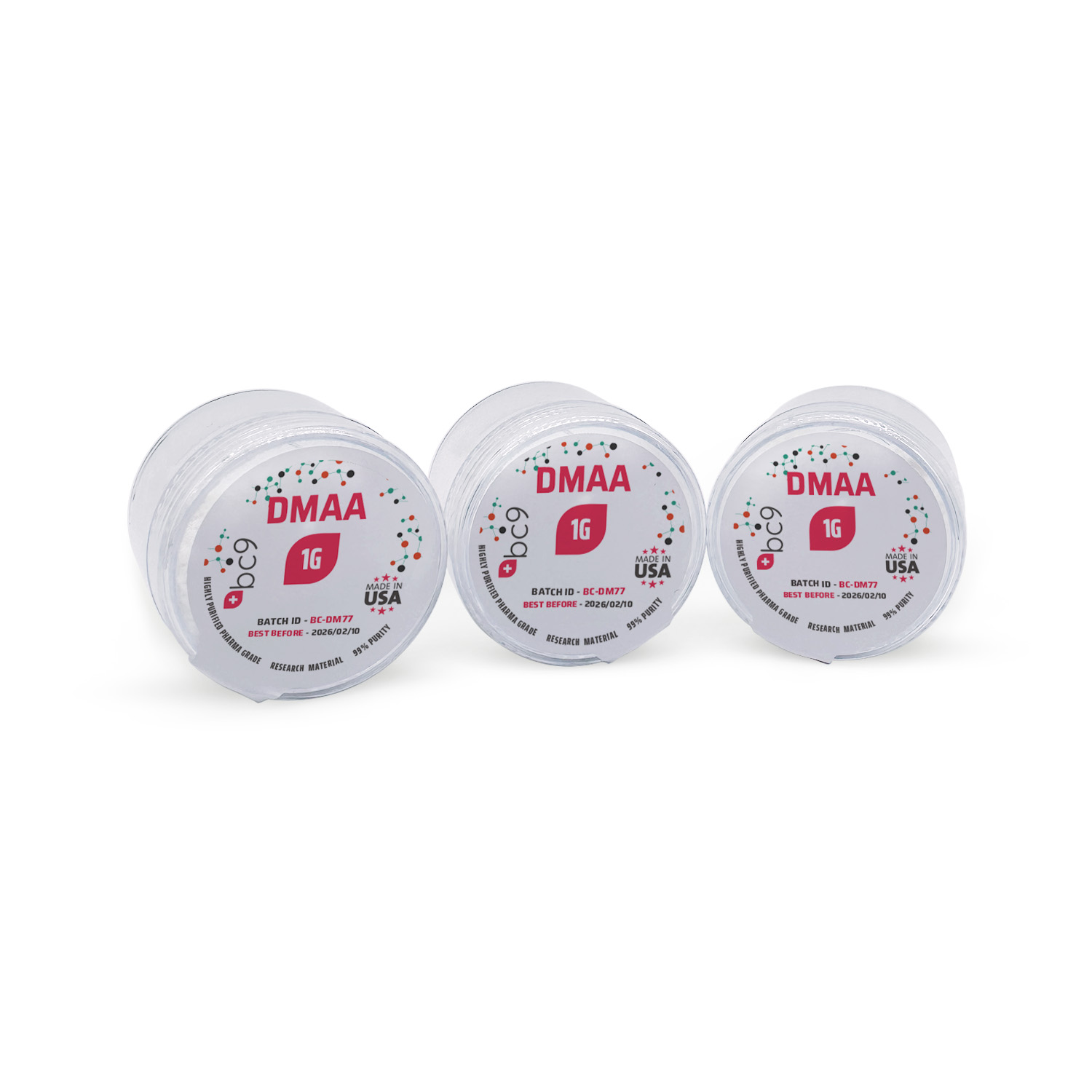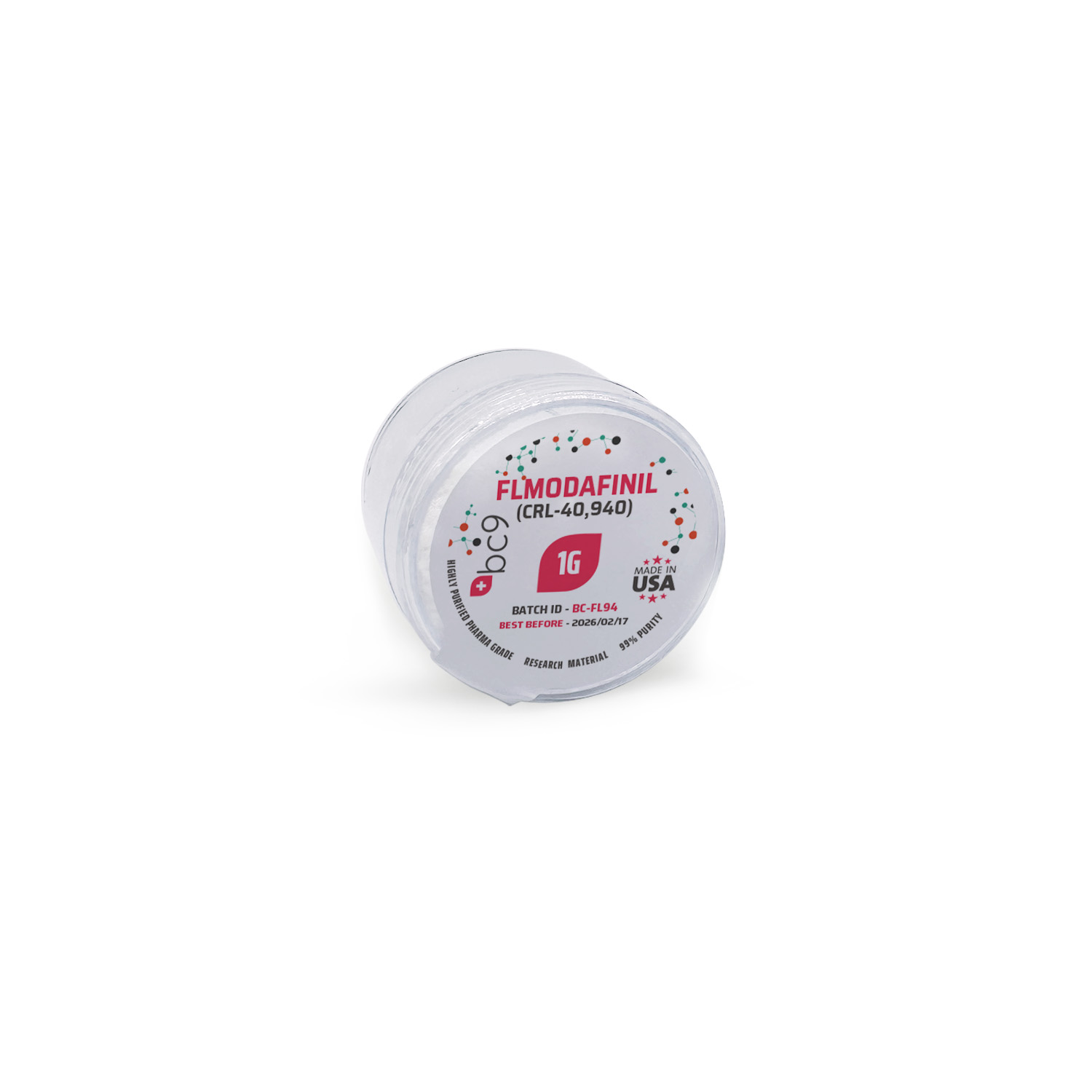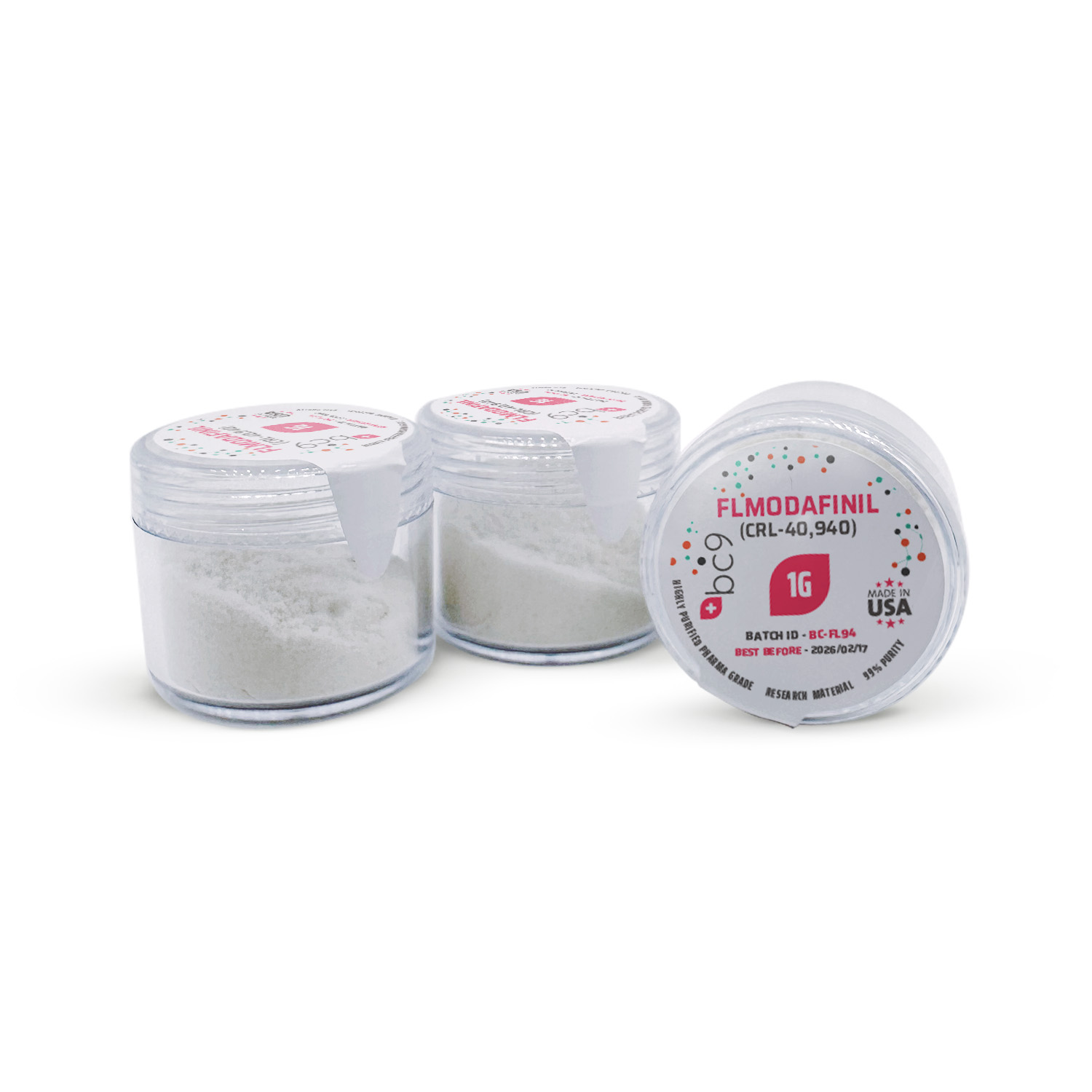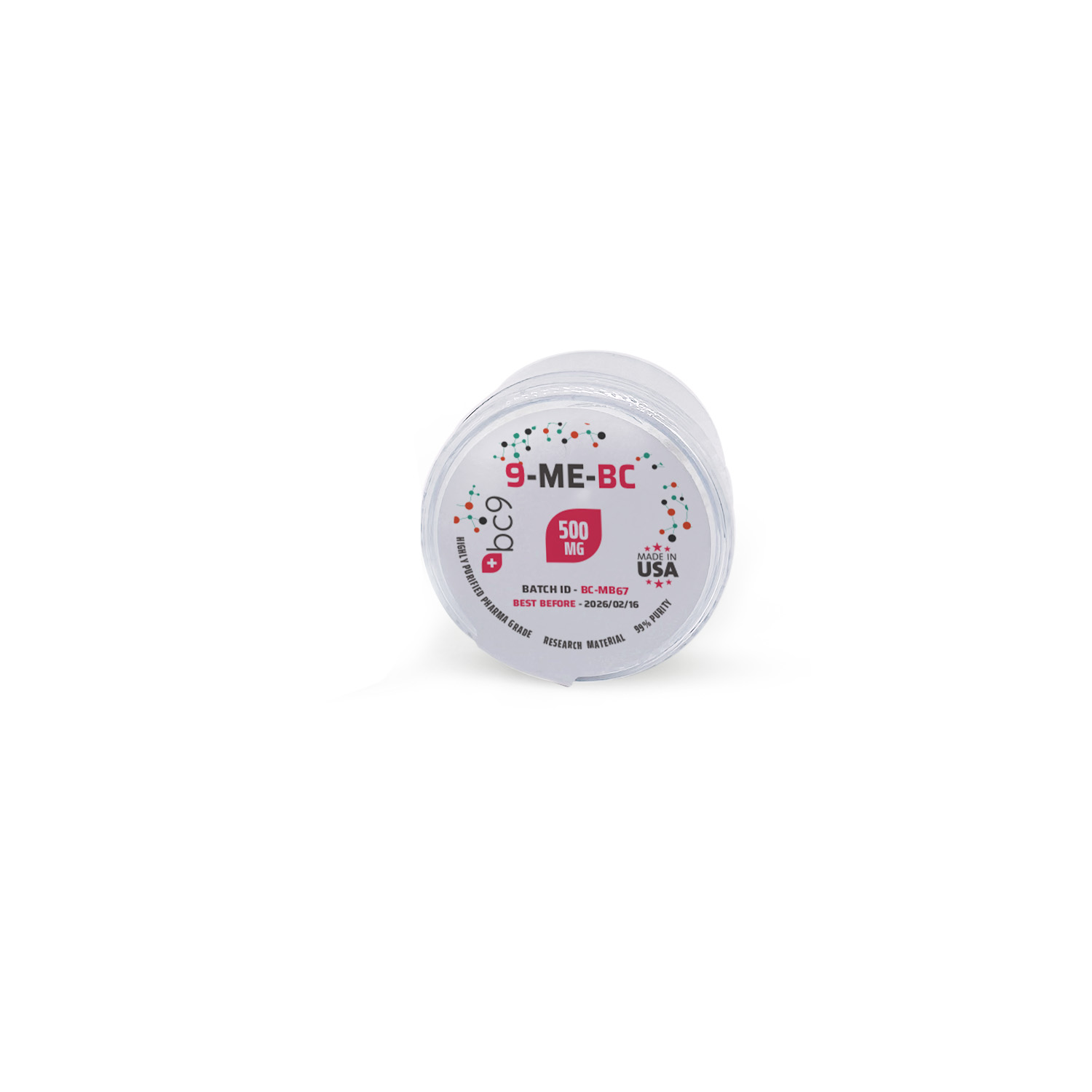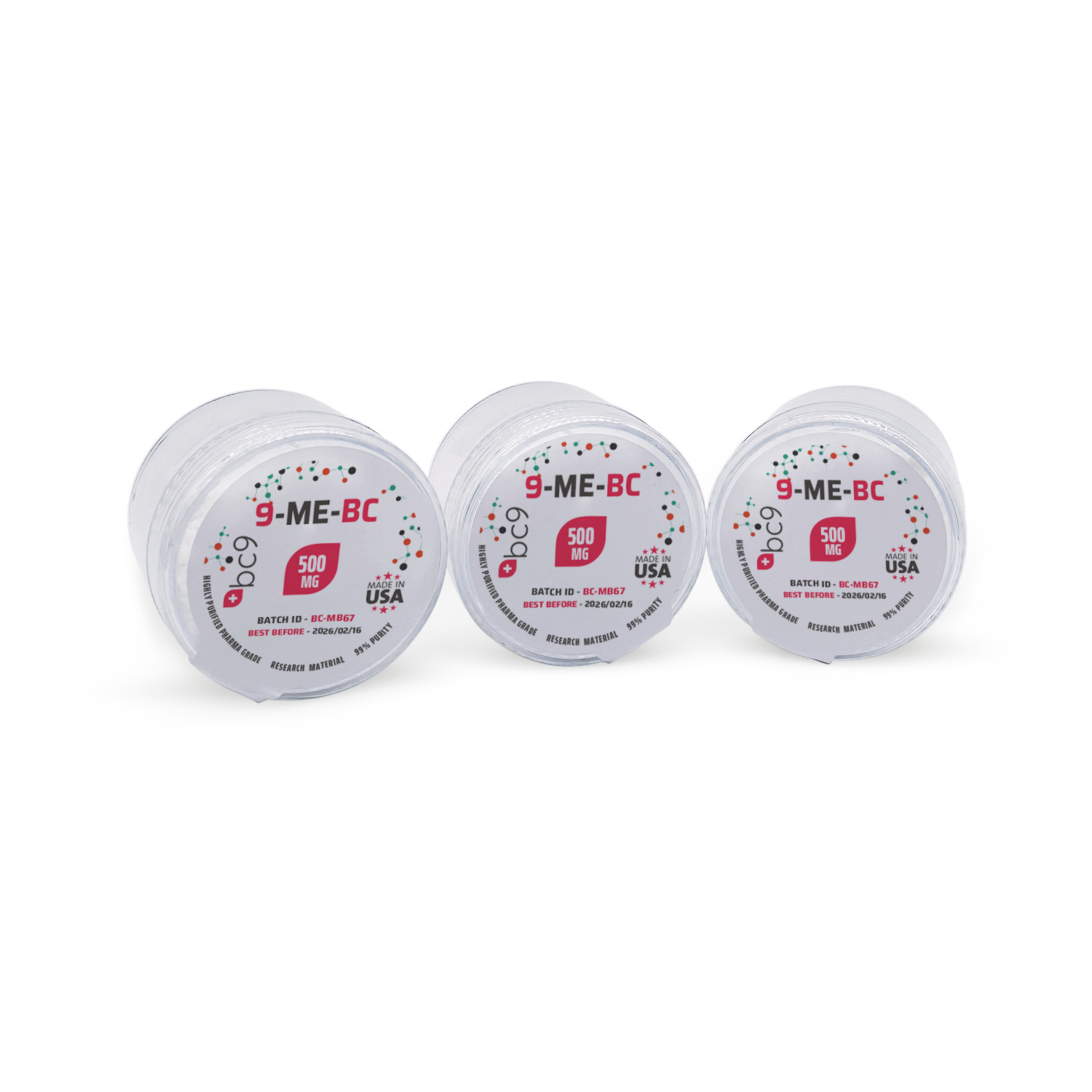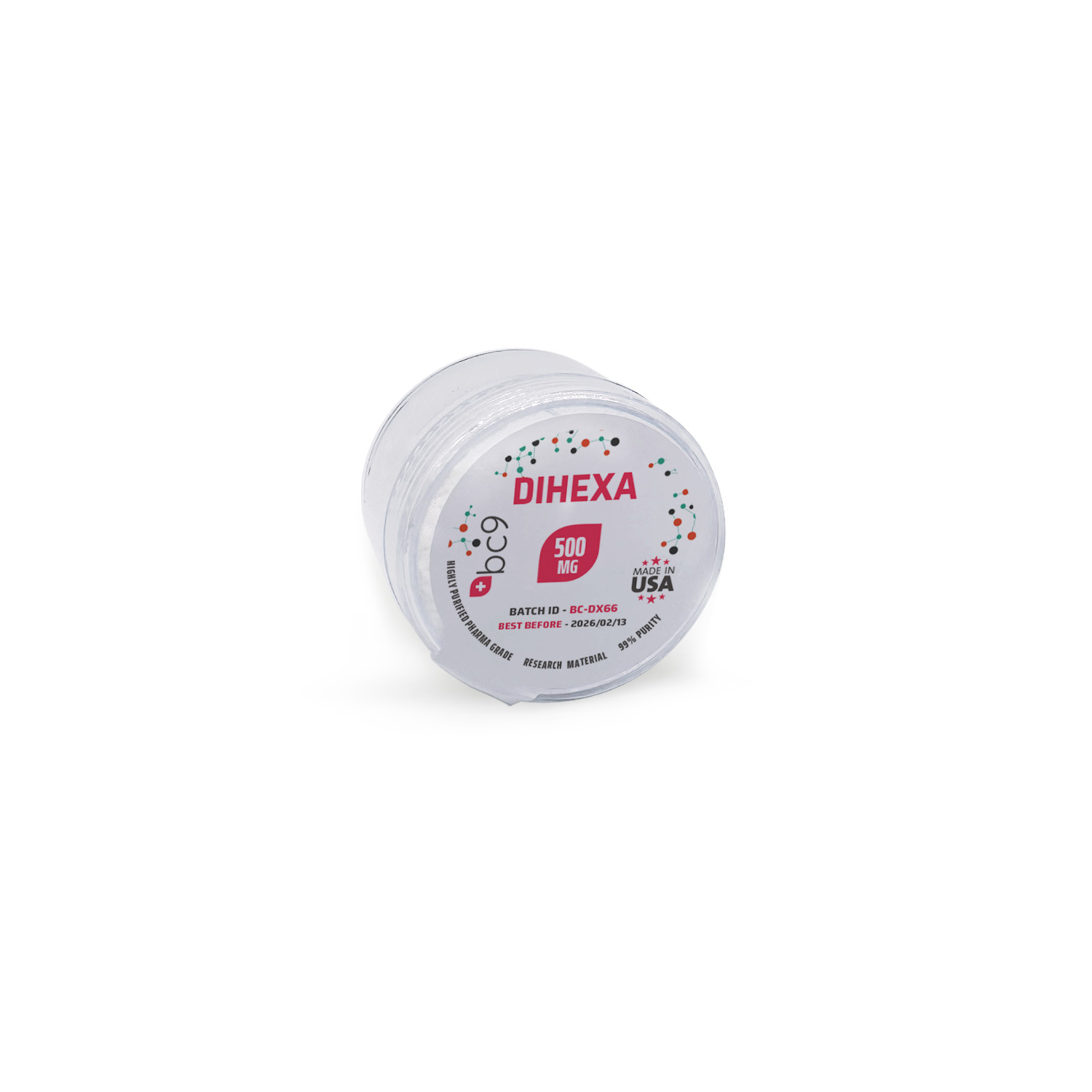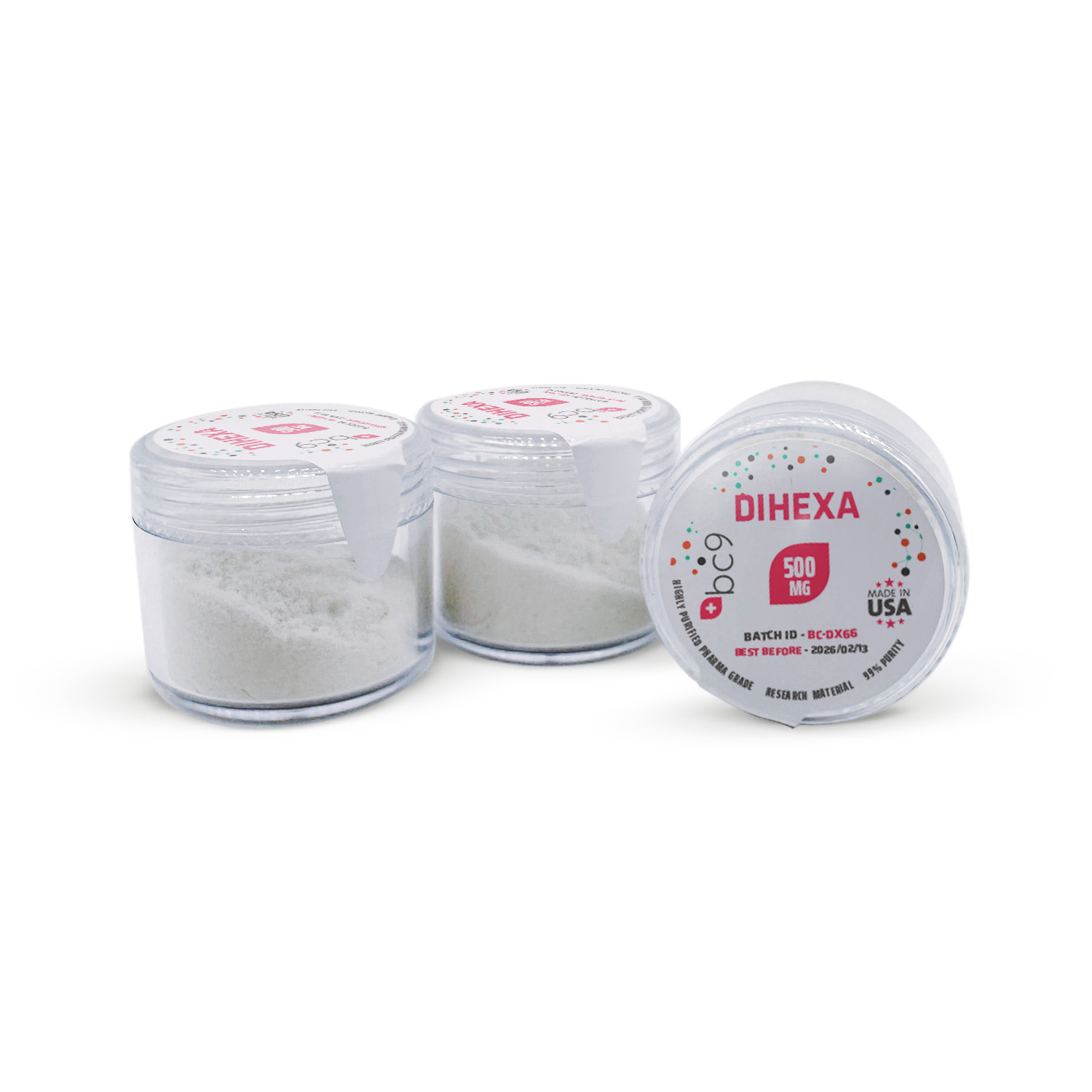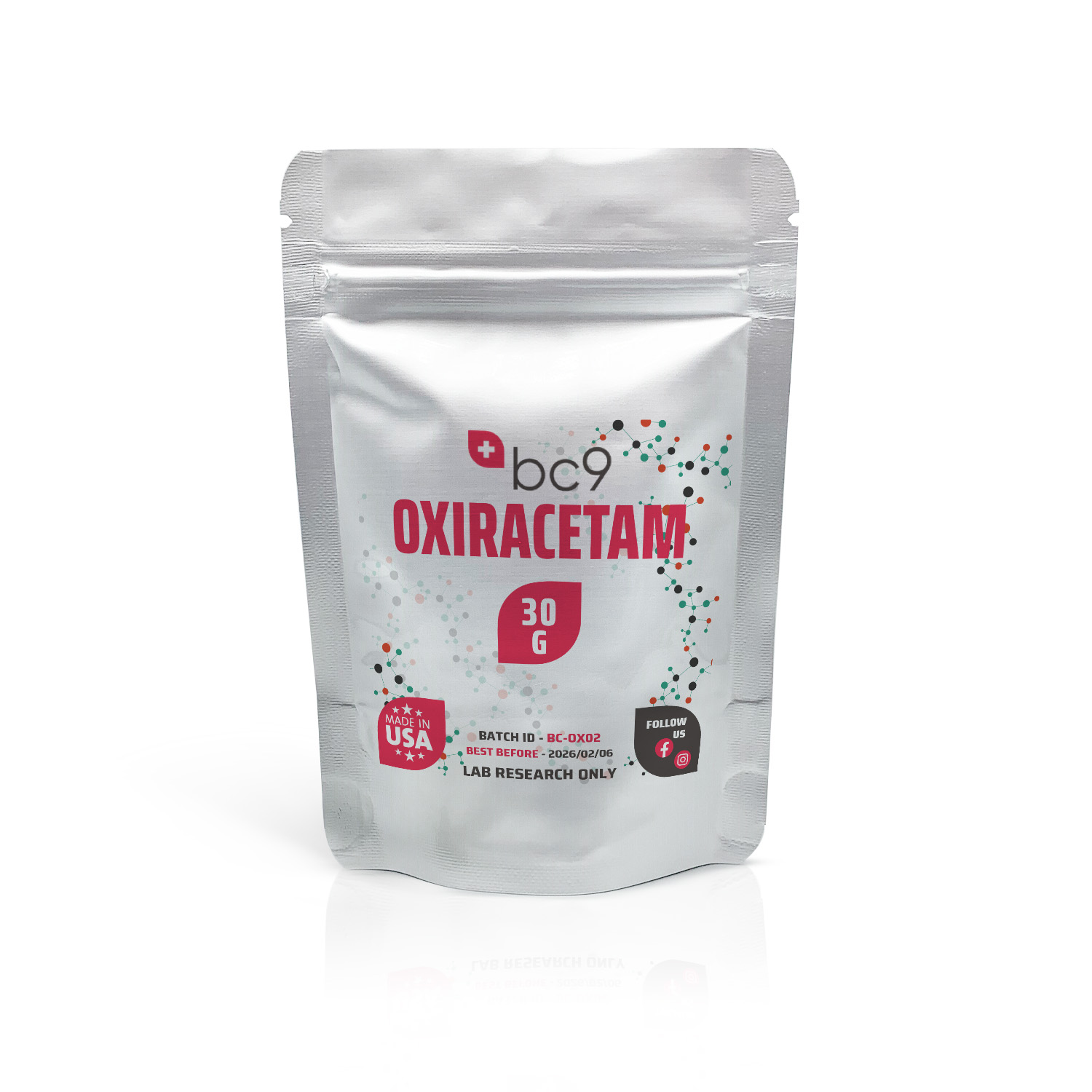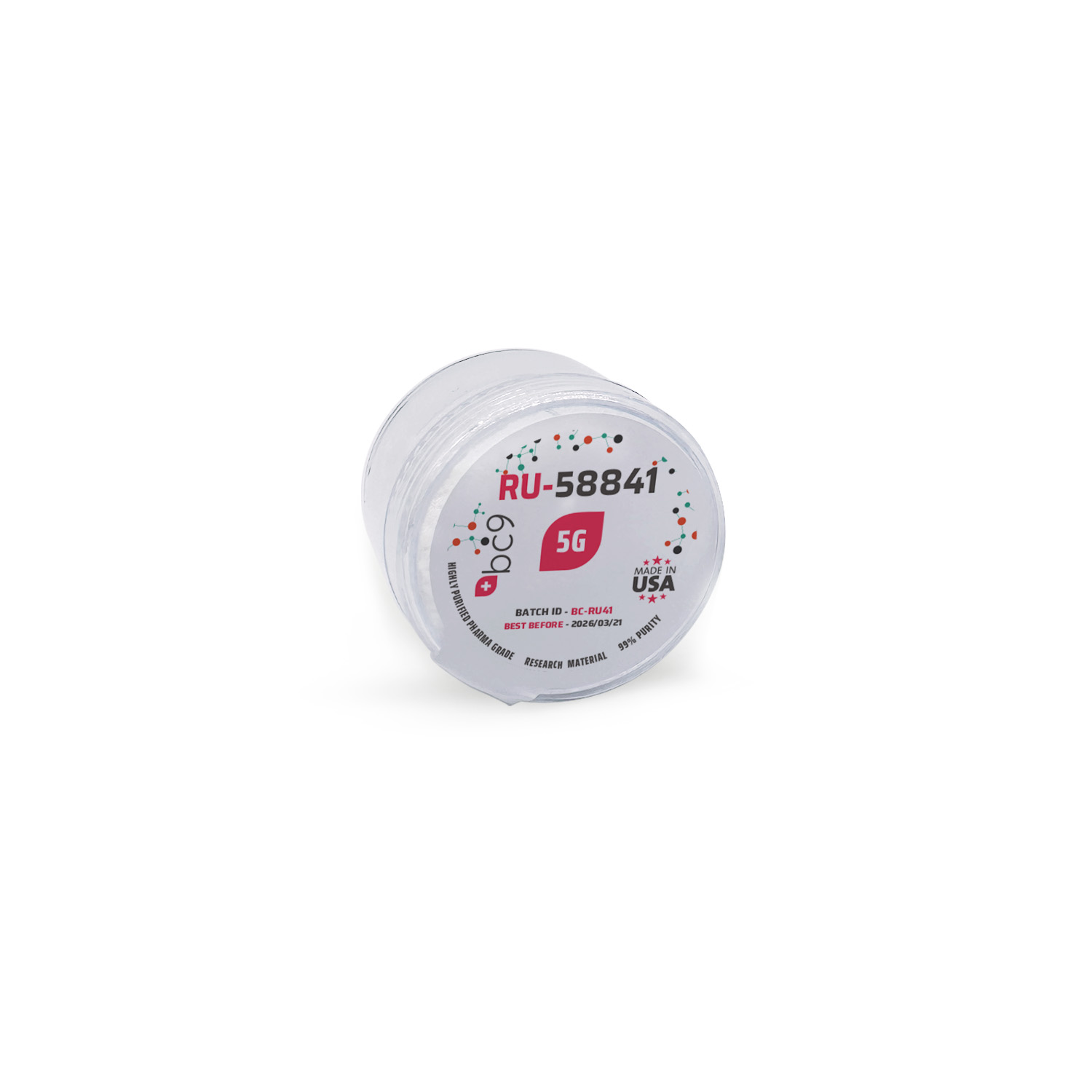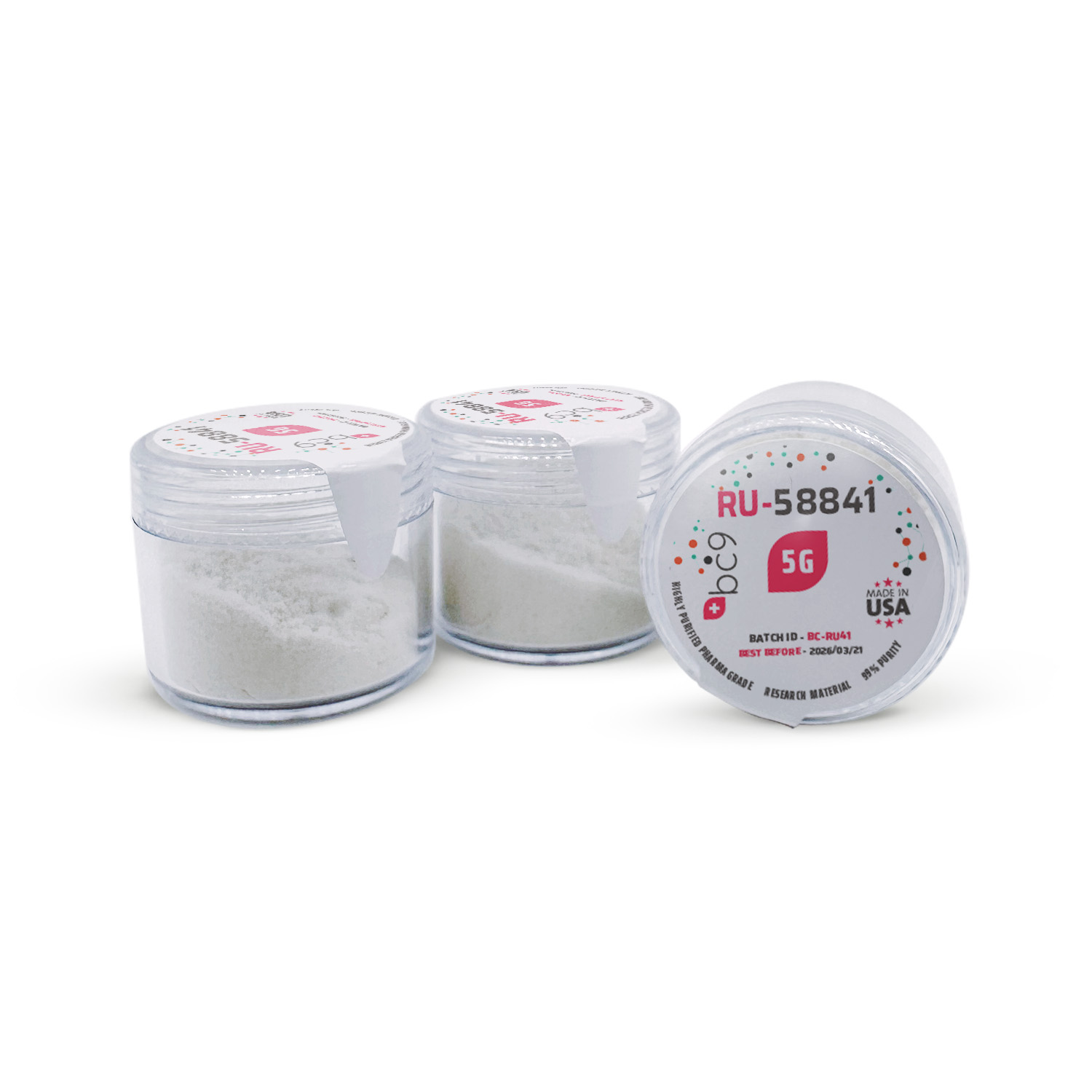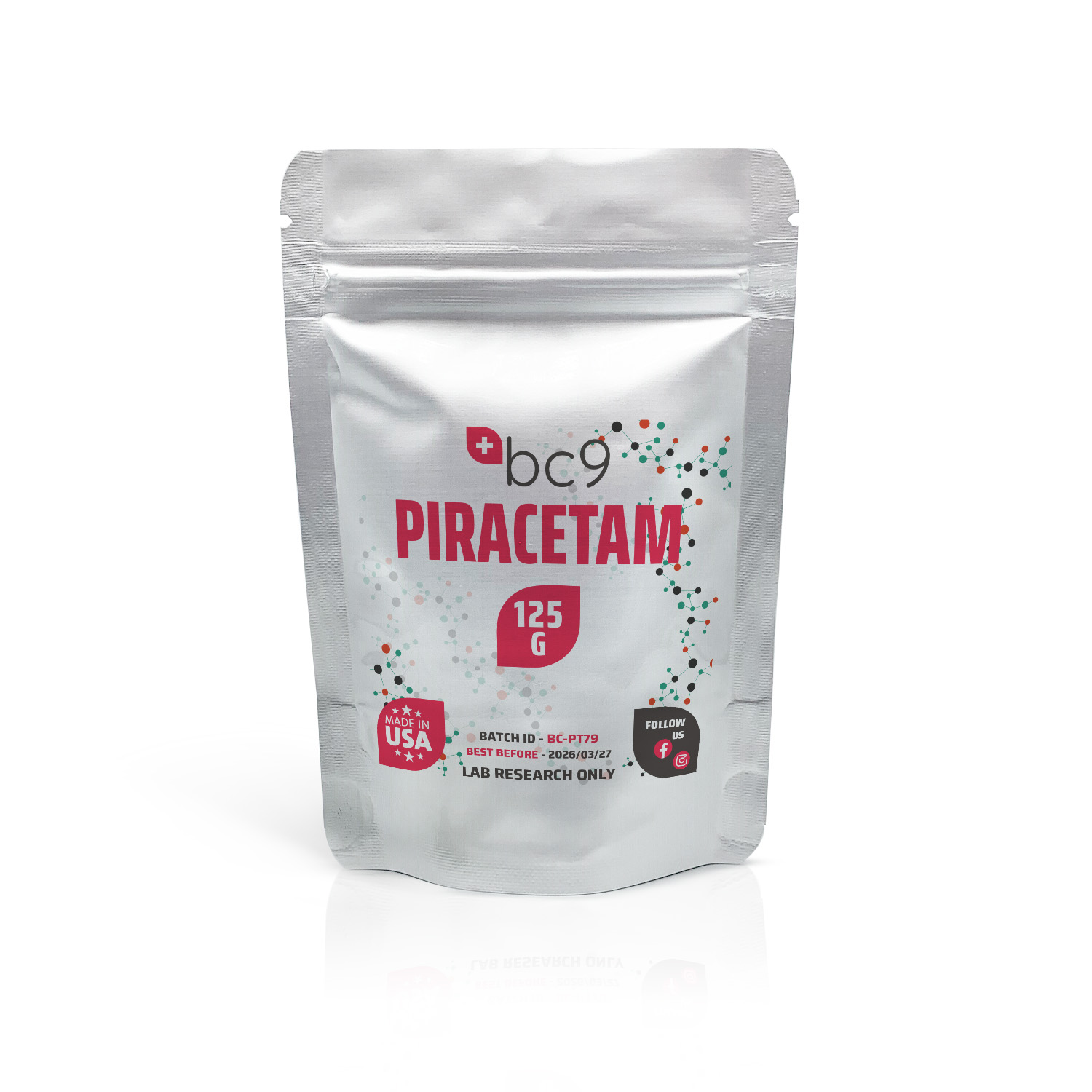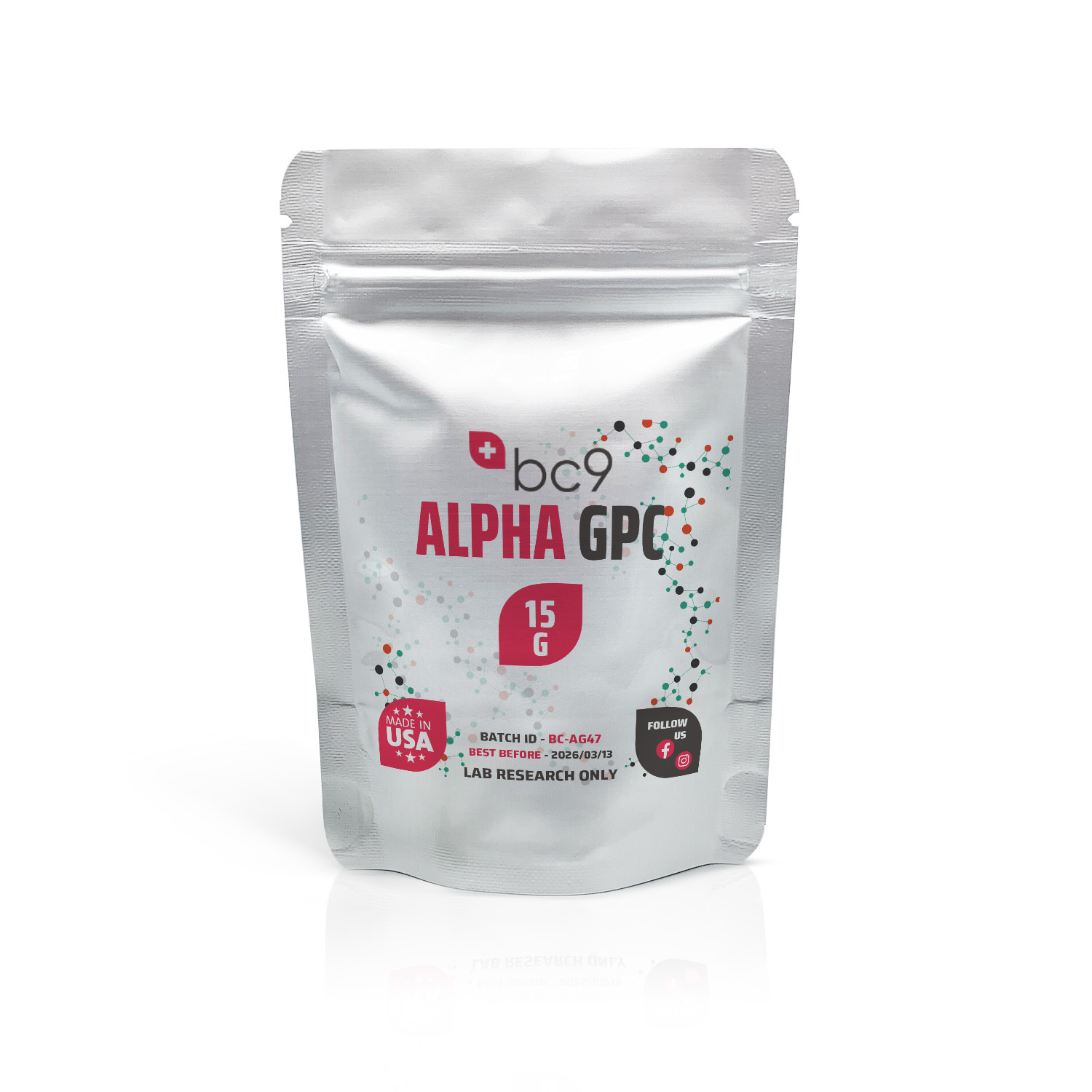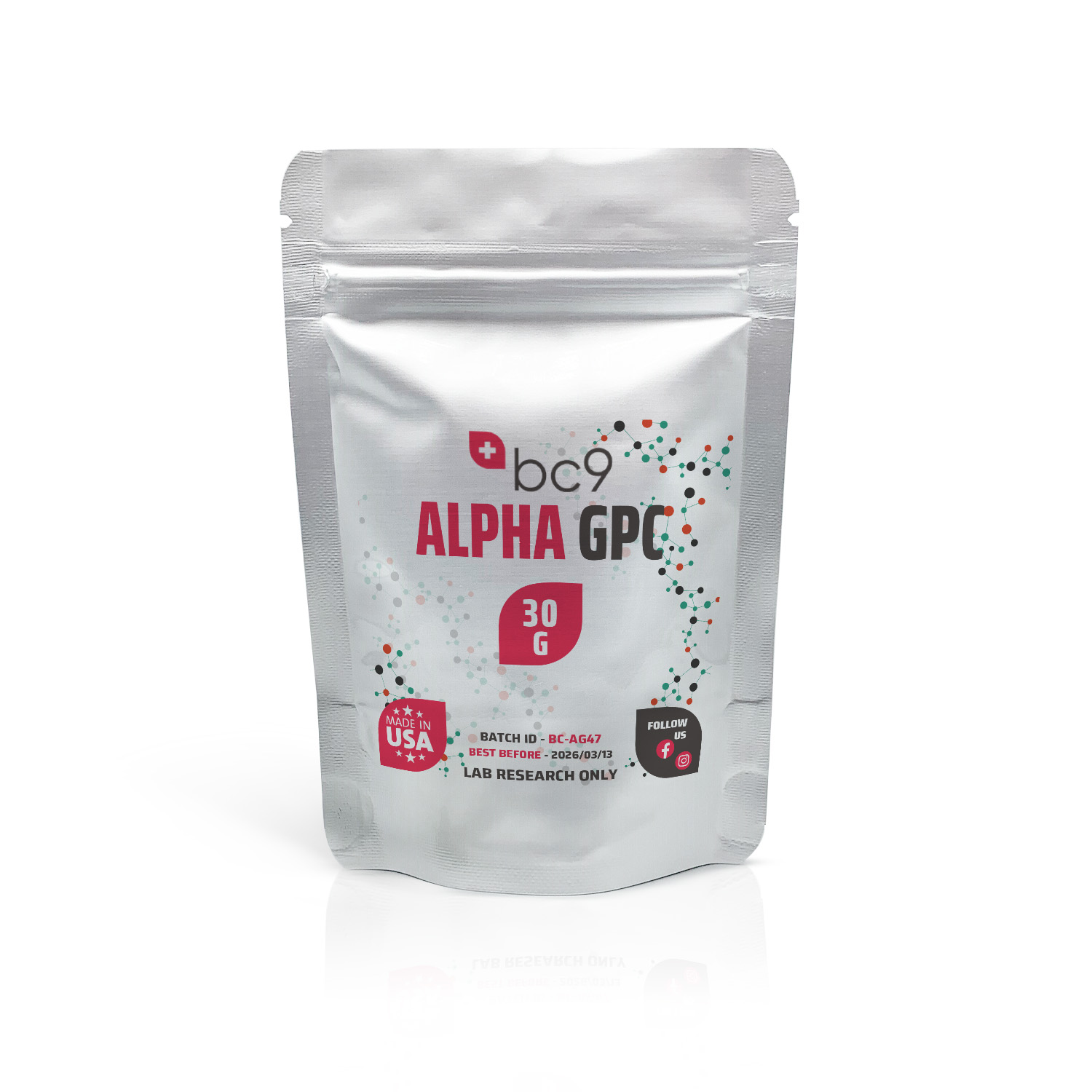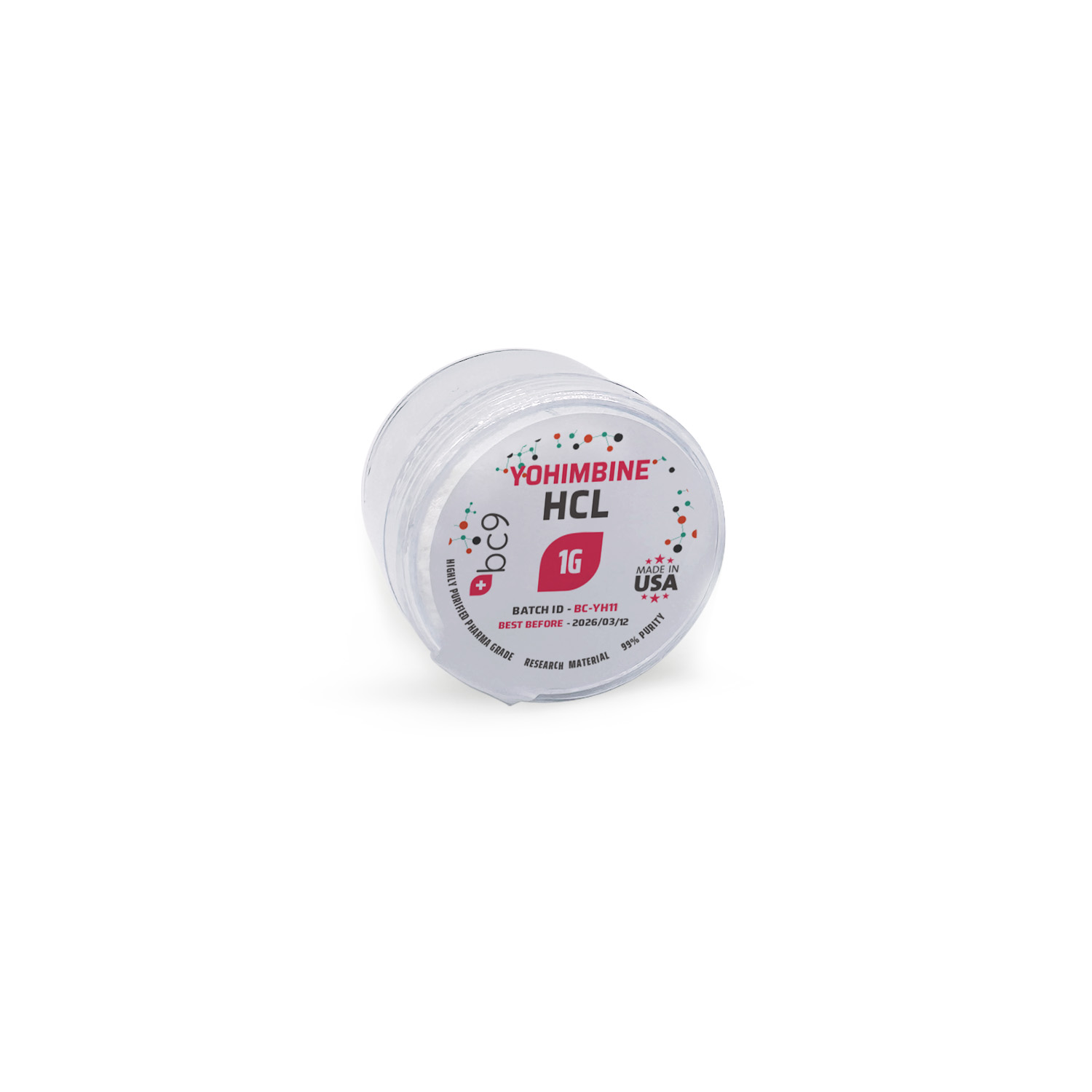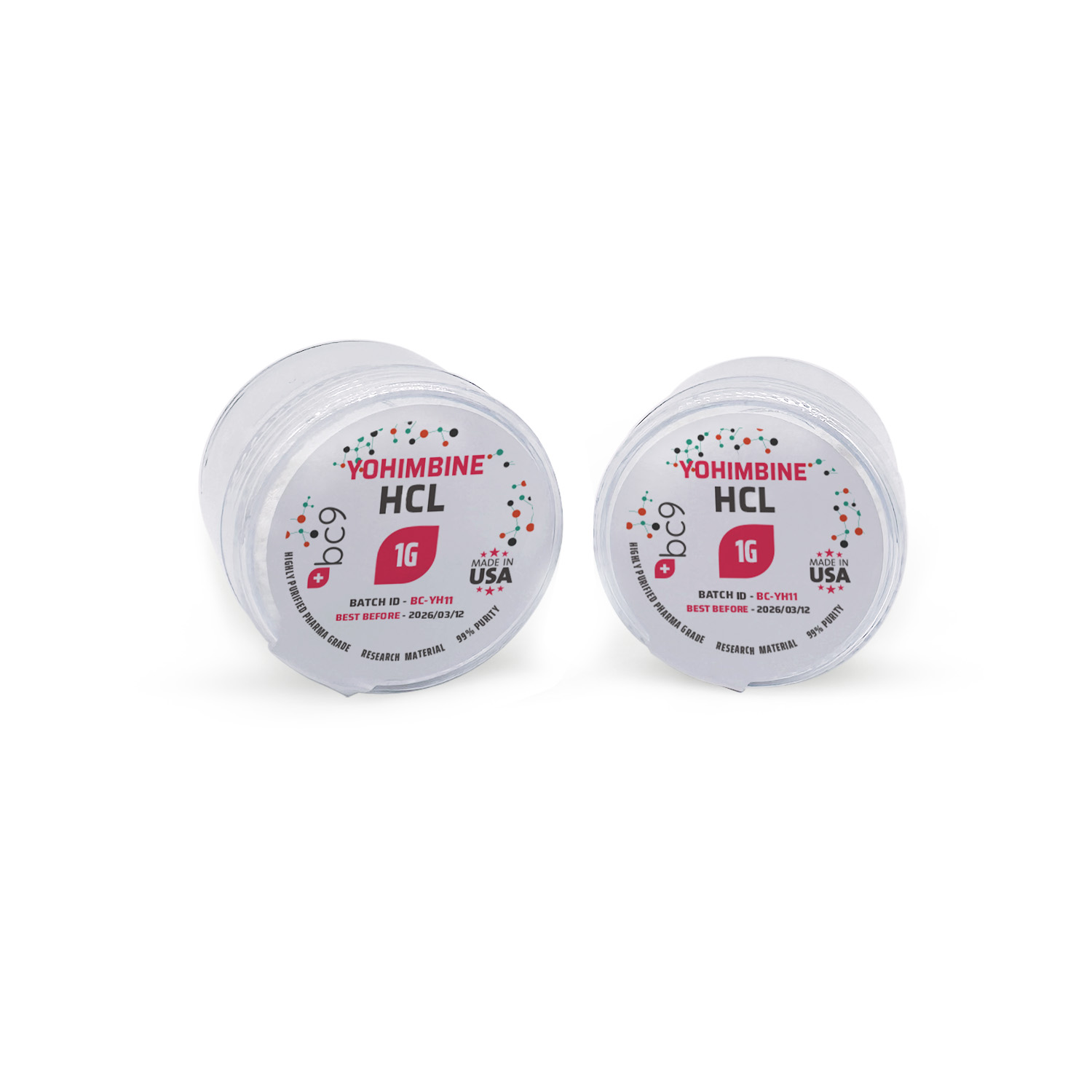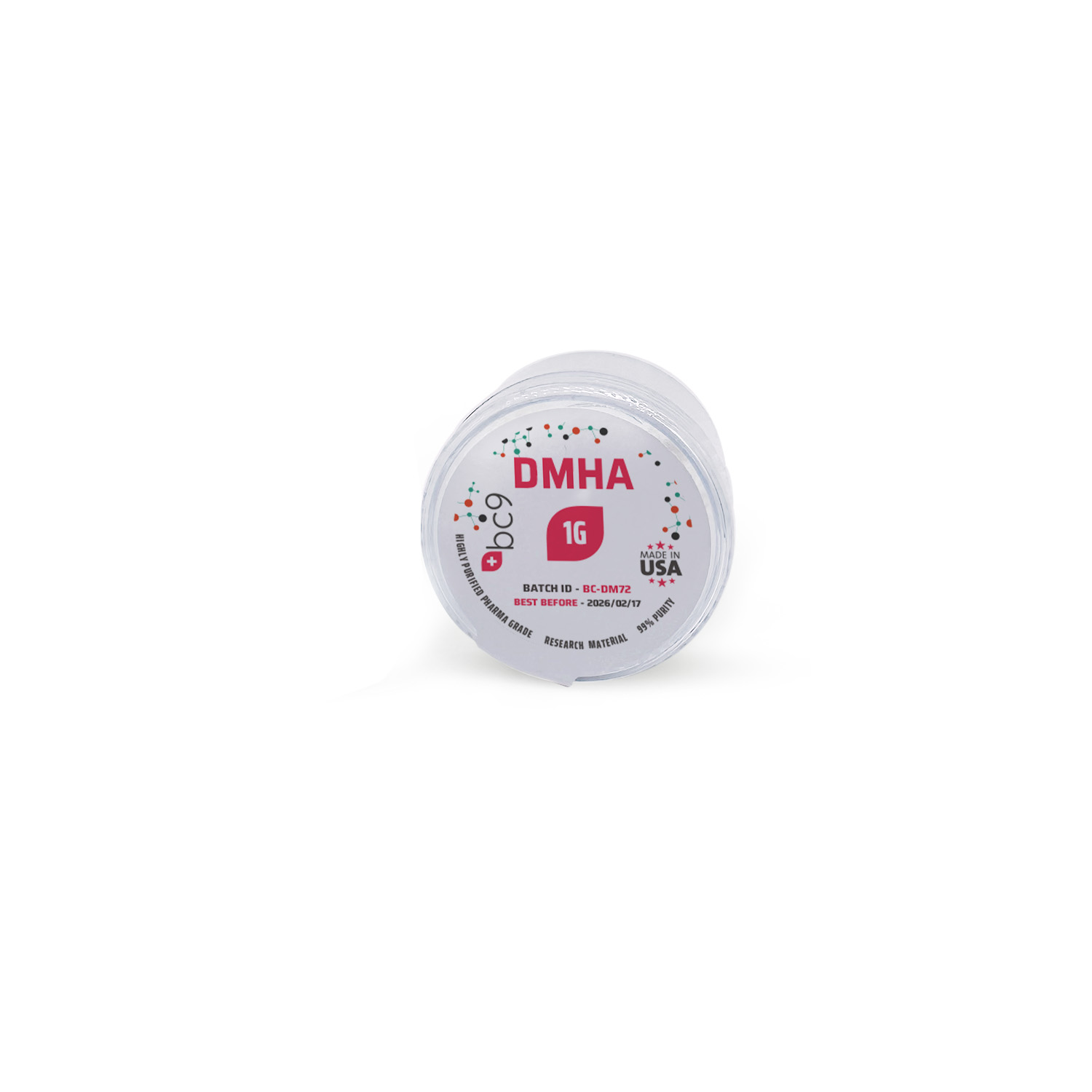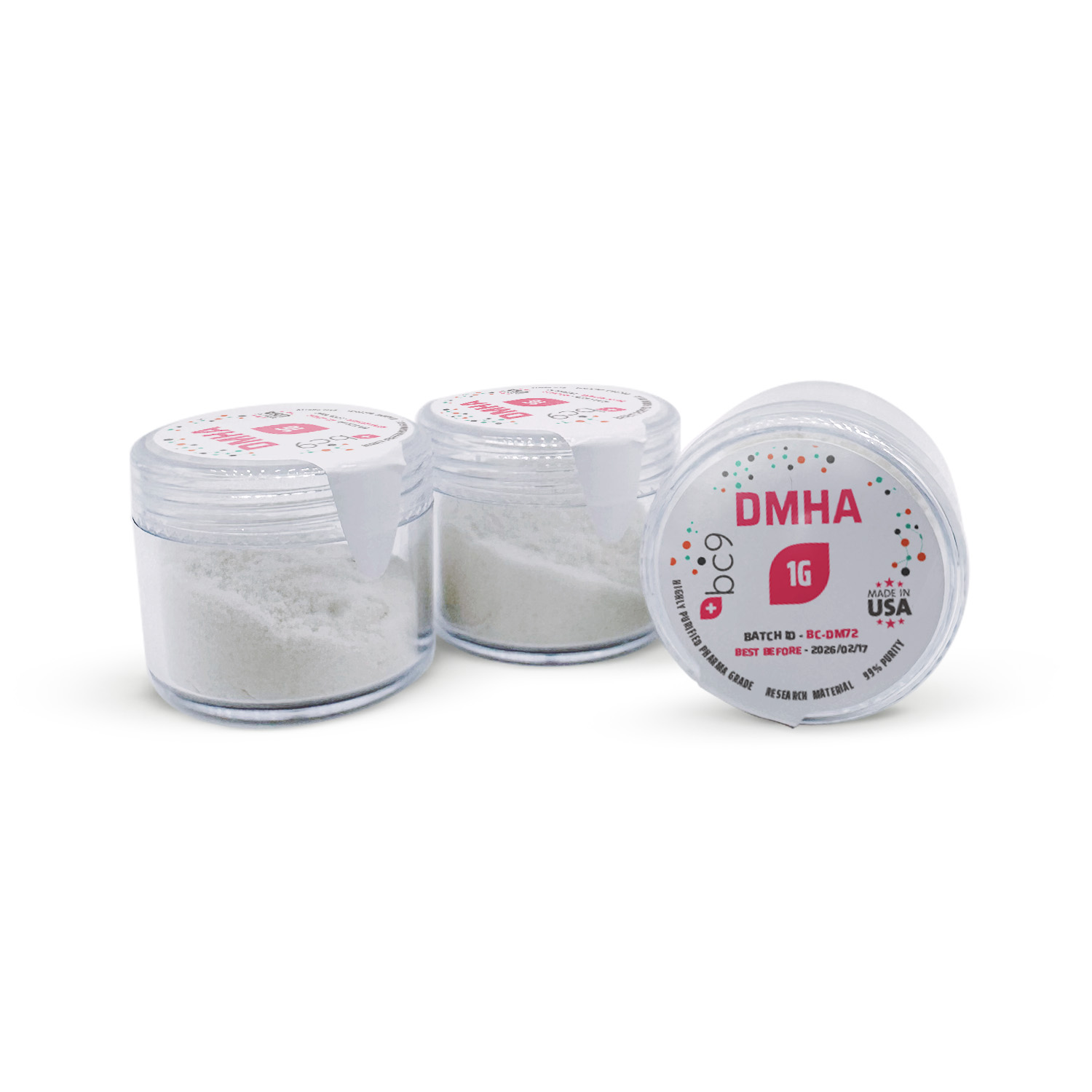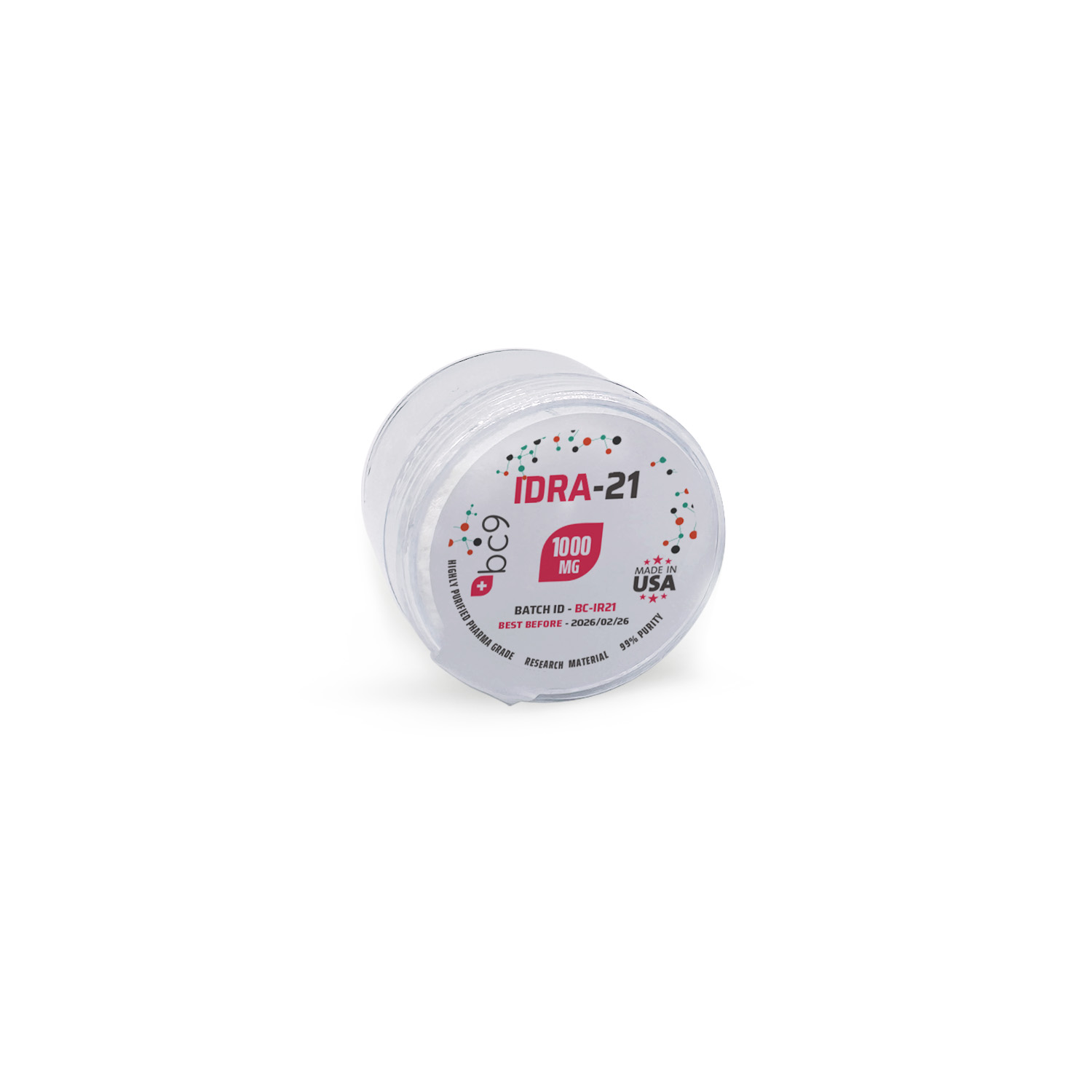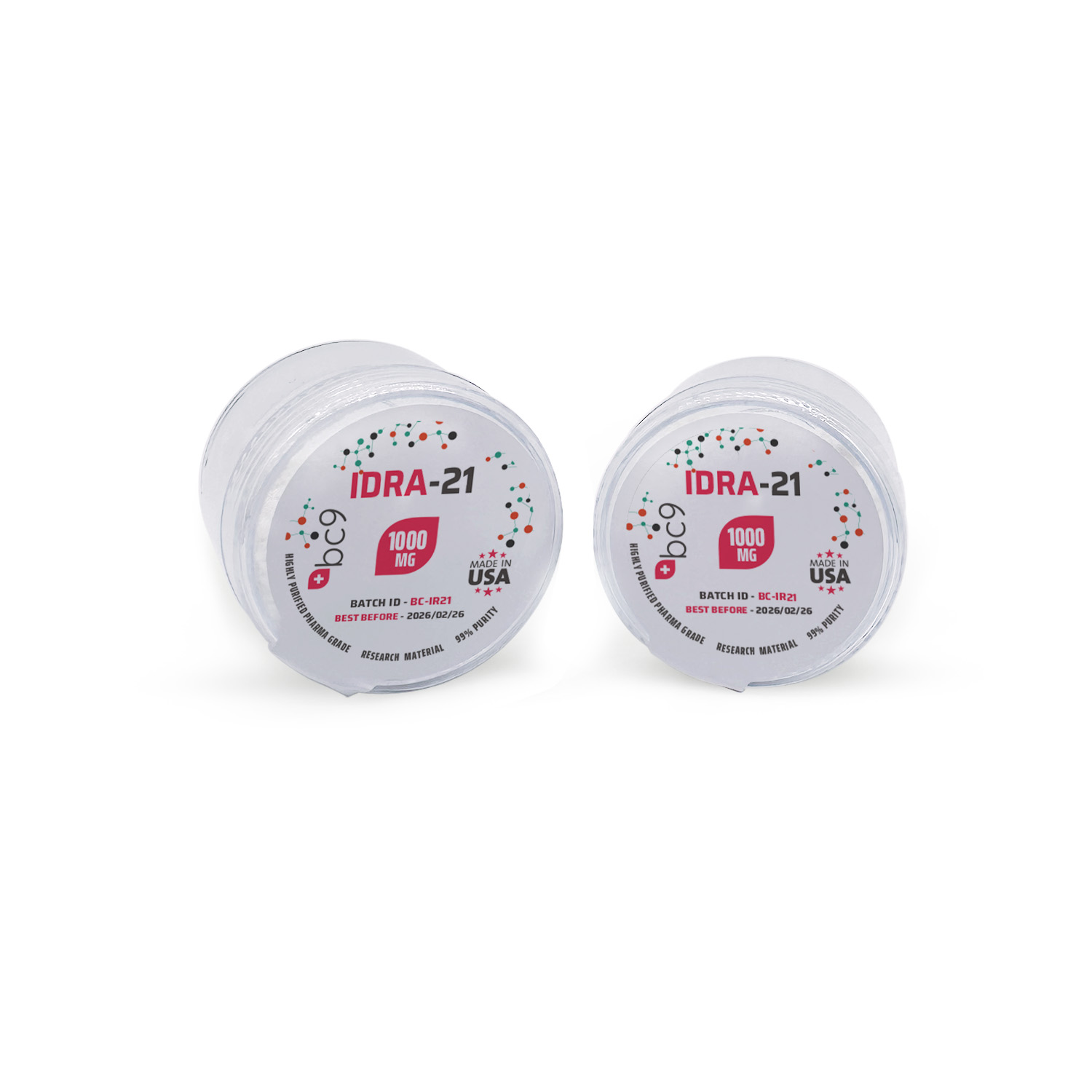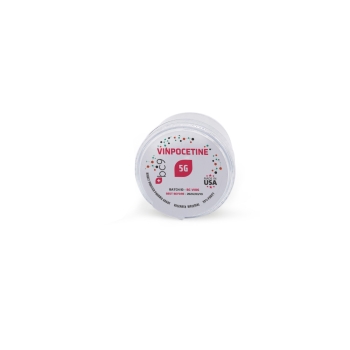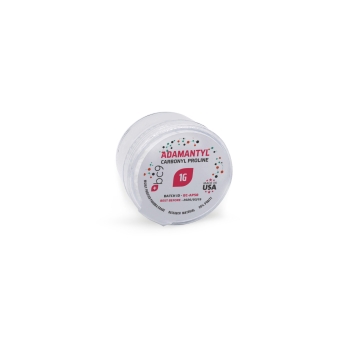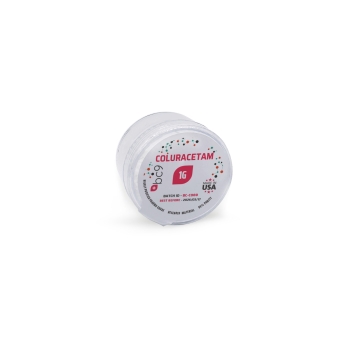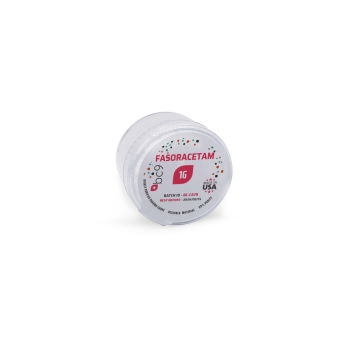Powders
What are Powder Compounds?
Powder compounds refer to powdered research substances that can be studied for various purposes, including peptides and nootropics. Here’s how they relate to each category:
Showing 1–12 of 46 results
-
-
-
-
-
-
-
-
-
-
Yohimbine HCL Powder
Original price was: $50.96.$44.96Current price is: $44.96. -
-
Powders Products on Sale:
Powders
Peptides:
- Peptides are short chains of amino acids that play crucial roles in various physiological functions. Powdered peptide compounds are often synthesized for research purposes, where they can be reconstituted with water or another solvent for administration in a research setting. [R]
- Examples of powdered peptide compounds include BPC-157, TB-500, and CJC-1295.
Nootropics:
- Nootropics, also known as cognitive enhancers or intelligent compounds, are substances that are being investigated for the potential to improve cognitive function, including memory, focus, and motivation. Powdered forms of nootropics are commonly available, as they are often studied as an oral or mixed research compound. [R]
- Examples of powdered nootropic compounds include racetams (such as Piracetam and Aniracetam), Noopept, and L-theanine.
In summary, powder compounds in peptides and nootropics serve as convenient forms for research and experimentation, allowing for precise dosage control and ease of investigation in various applications.
How Do Powder Compounds Work?
Powder compounds, whether peptides, nootropics, or SARMs, typically come in a freeze-dried or lyophilized form, dehydrated to increase stability and shelf life.
When reconstituting powder compounds like peptides or nootropics for research purposes, the process involves carefully adding a solvent to the dehydrated powder to restore it to its liquid form. This ensures accurate dosing and optimal solubility for experimentation. Typical solvents used for reconstitution include sterile water for injection (SWFI), bacteriostatic water for injection (BWFI), acetic acid, and dimethyl sulfoxide (DMSO), among others.
For example, peptides such as BPC-157 or TB-500 are often reconstituted using sterile or bacteriostatic water. At the same time, nootropics like Noopept or racetams may require a solvent like acetic acid or DMSO for optimal solubility.
The reconstitution process involves accurately measuring the solvent and slowly adding it to the lyophilized powder vial. After adding the solvent, the vial is gently swirled or agitated to aid dissolution and then left to sit briefly to ensure complete reconstitution. Visual inspection of the solution is performed to provide clarity and uniformity, indicating successful reconstitution.
Proper reconstitution is crucial for research integrity, ensuring the compound is fully dissolved and accurately dosed for experimental studies. Researchers must adhere to strict protocols and safety measures when handling and reconstituting powder compounds to maintain the integrity of their research outcomes. BC9 sells powder compounds for research purposes only.
Benefits of Powder Compounds
Enhanced Stability
Powders are often more stable than liquids due to their low moisture content. They are typically freeze-dried or lyophilized during manufacturing, a process that removes water to inhibit degradation and microbial growth. [R]
Extended Shelf Life
The dehydration process employed in powder formulation helps prolong shelf life by reducing the risk of chemical degradation and microbial contamination. [R]
Less Susceptible to Environmental Factors
Powders are generally less affected by environmental factors such as temperature, light, and humidity, which can degrade sensitive compounds over time.
Frequently Asked Questions
How are powder compounds typically packaged?
Powder compounds are packaged in vials or bottles, with the powder contained within a sealed container to maintain its integrity and prevent moisture absorption.
How should powder compounds be stored?
Powder compounds should be stored in a cool, dry place away from direct sunlight and moisture. Sealing the container tightly after each research use is essential to prevent contamination and maintain stability.
Can powder compounds degrade over time?
Yes, powder compounds can degrade over time if not stored properly. Factors such as exposure to moisture, heat, light, and oxygen can accelerate degradation.
Are powder compounds suitable for all research applications?
Powder compounds are commonly used in various research applications, but their suitability may depend on the study’s specific requirements. Researchers should consider factors such as stability, solubility, and administration methods when selecting the appropriate formulation for their research needs.
